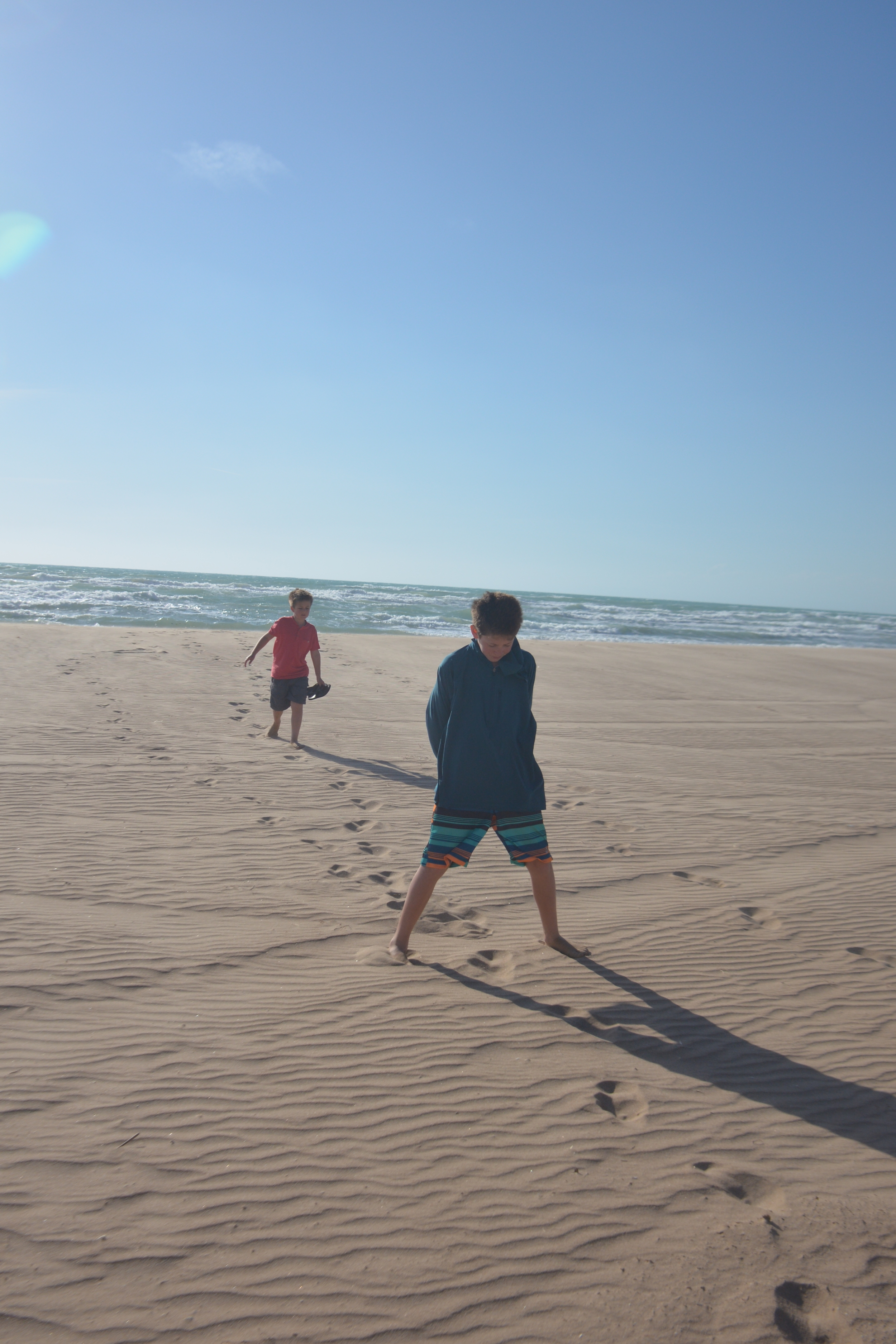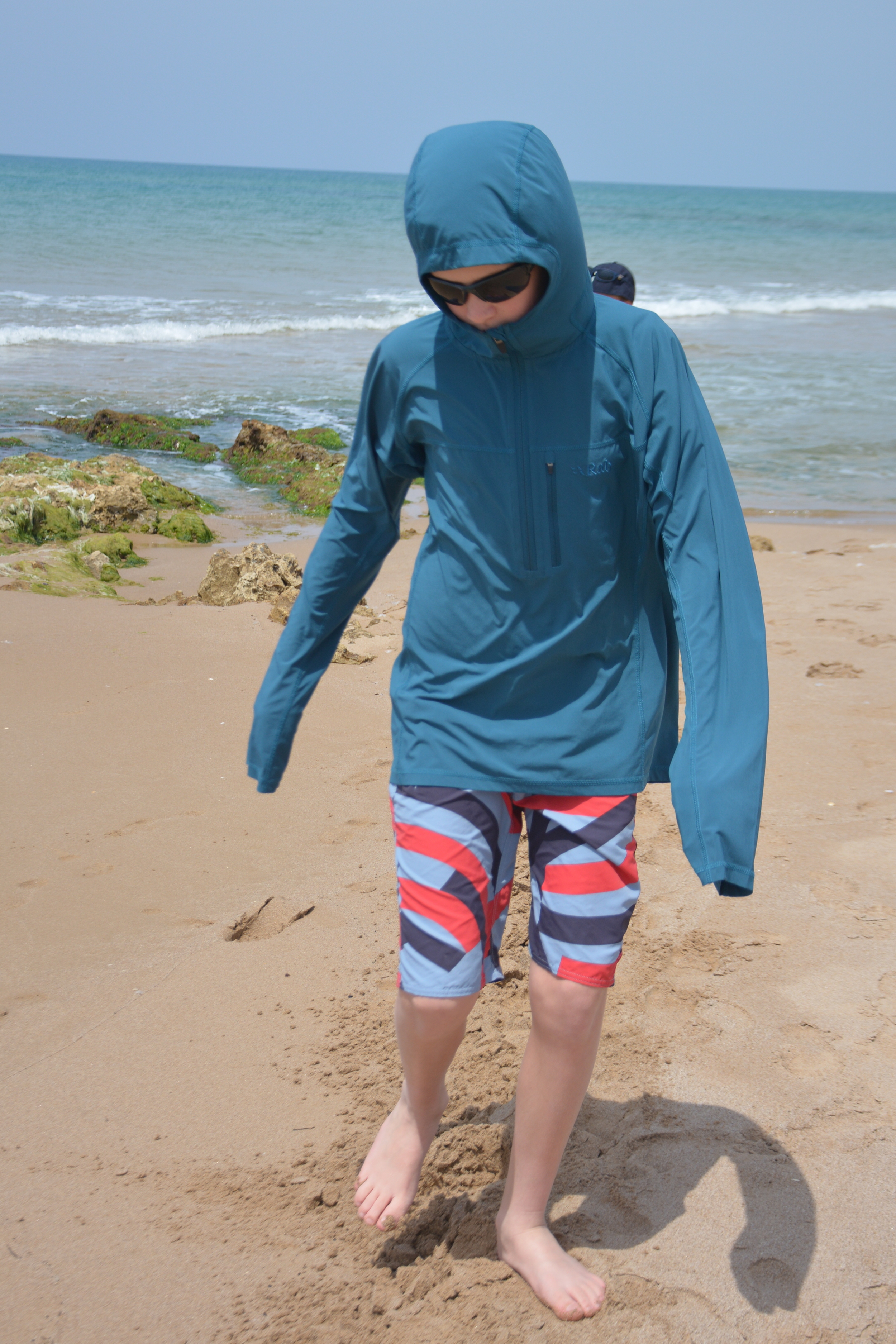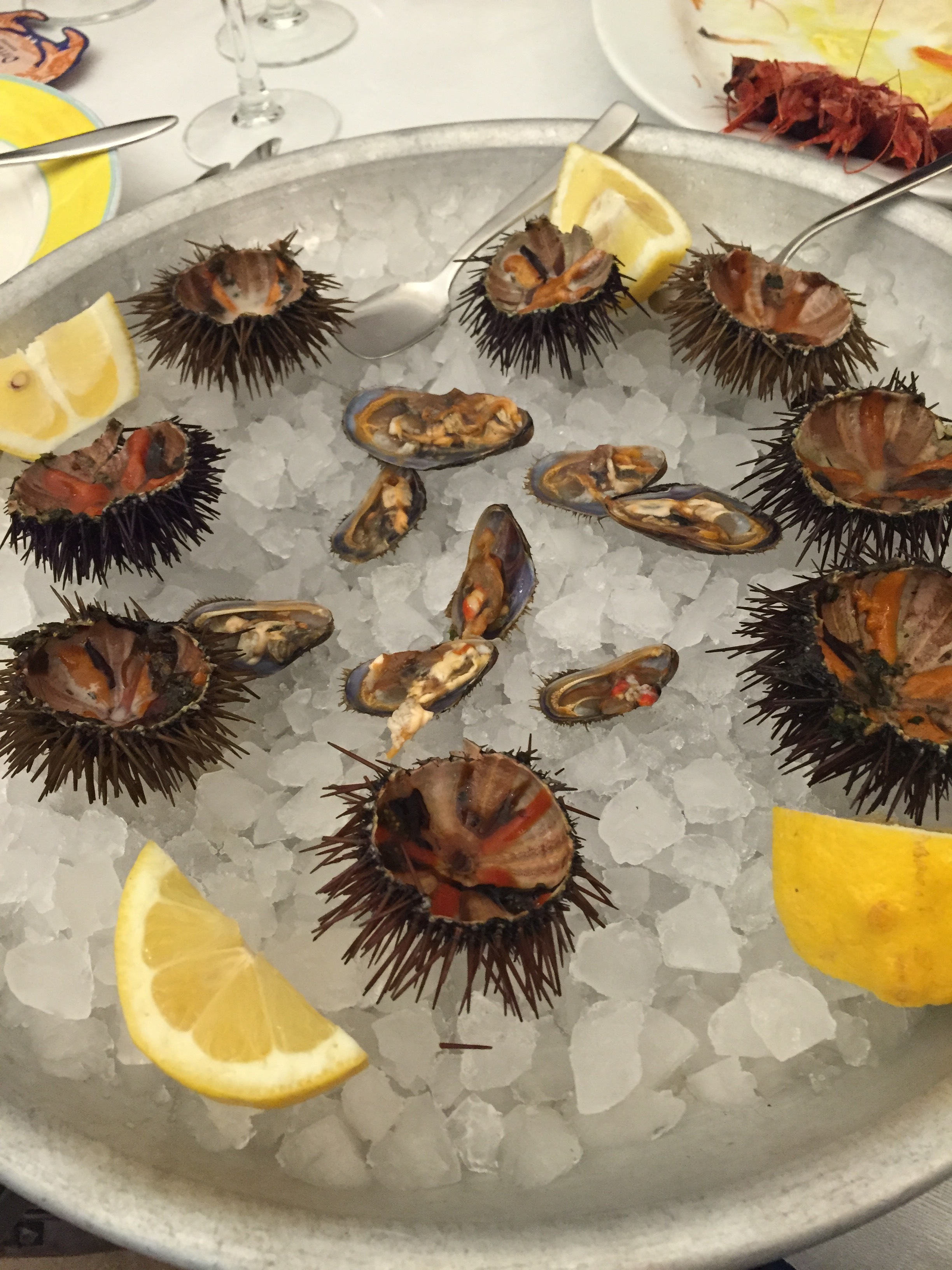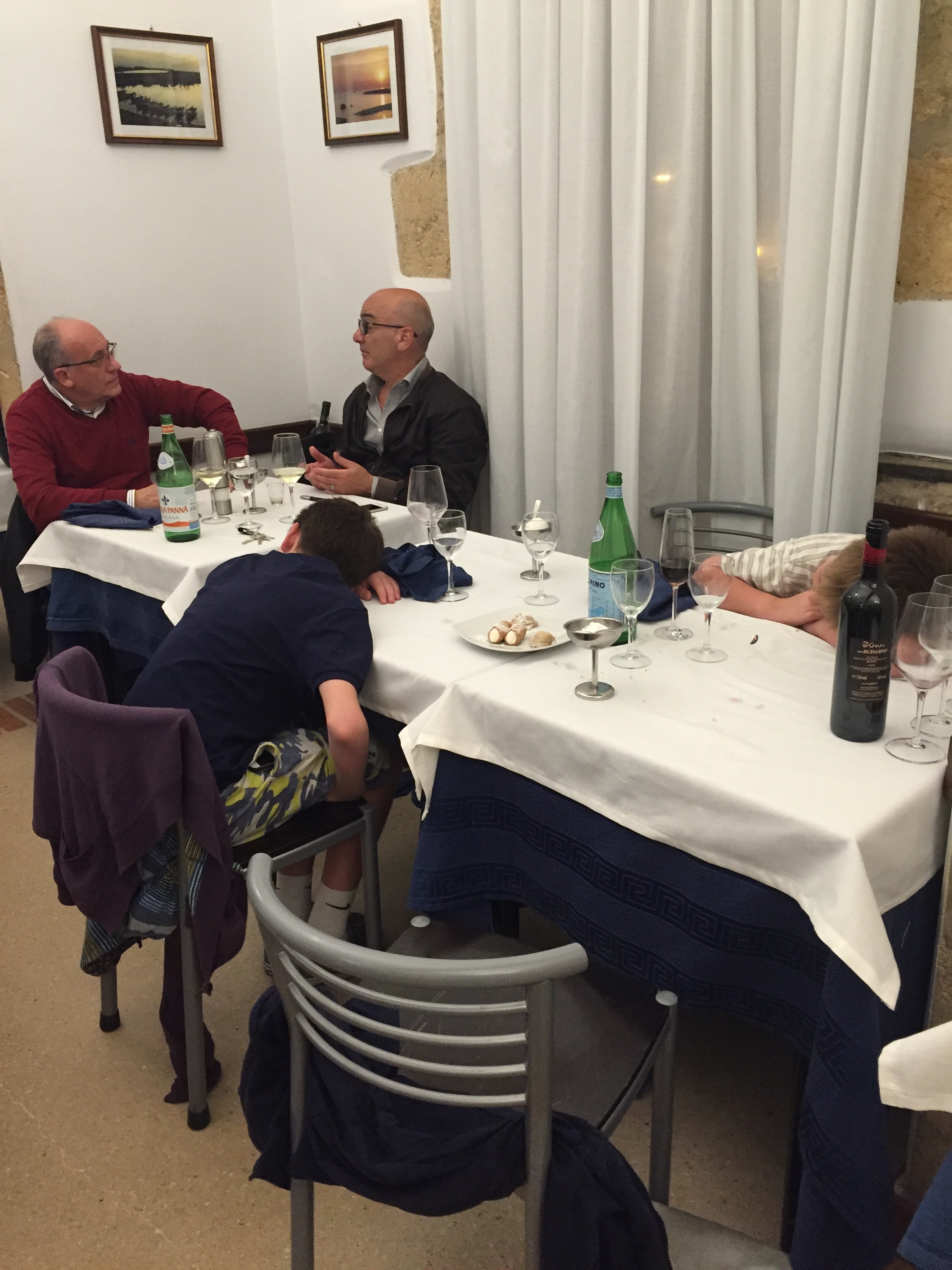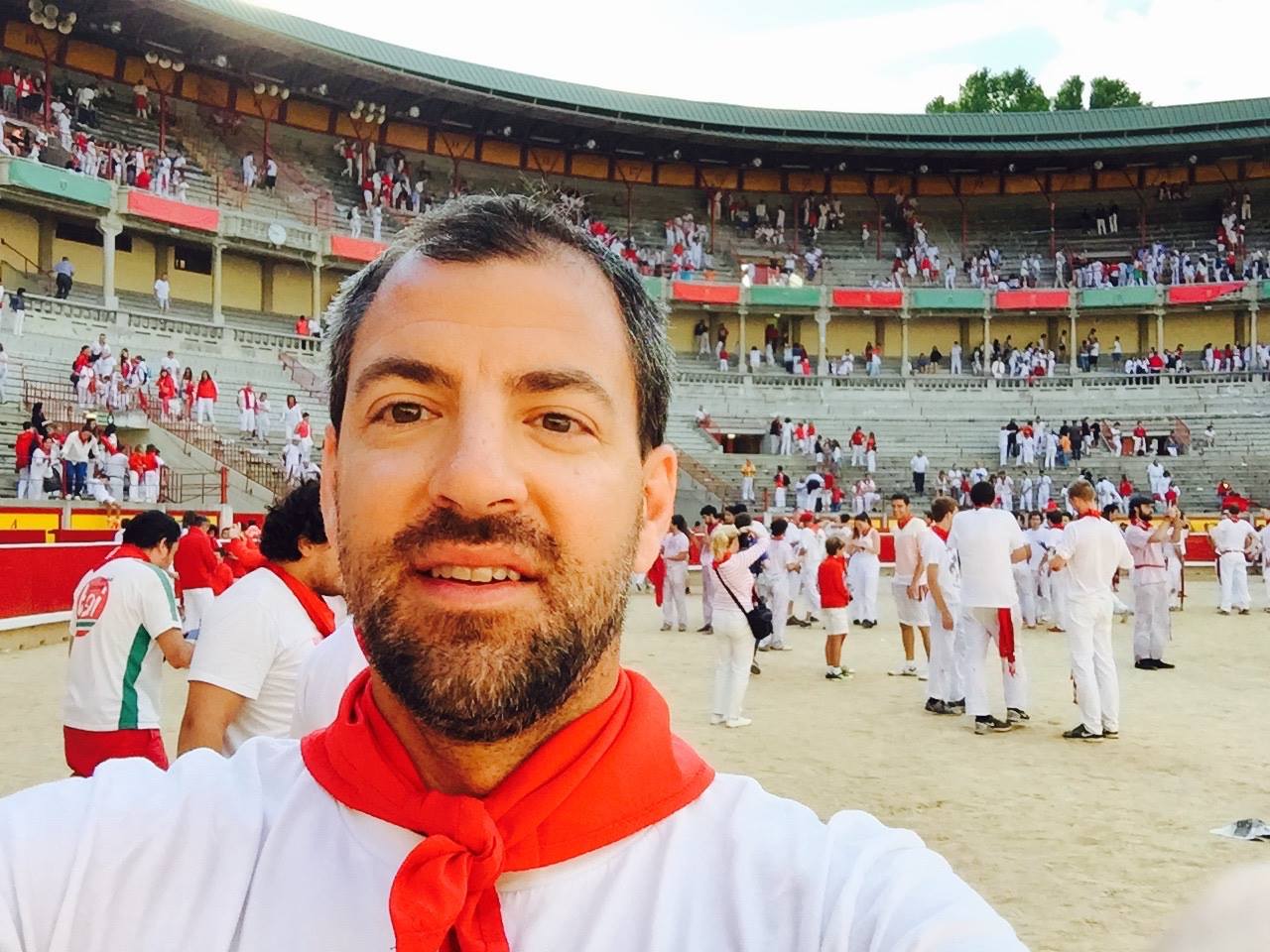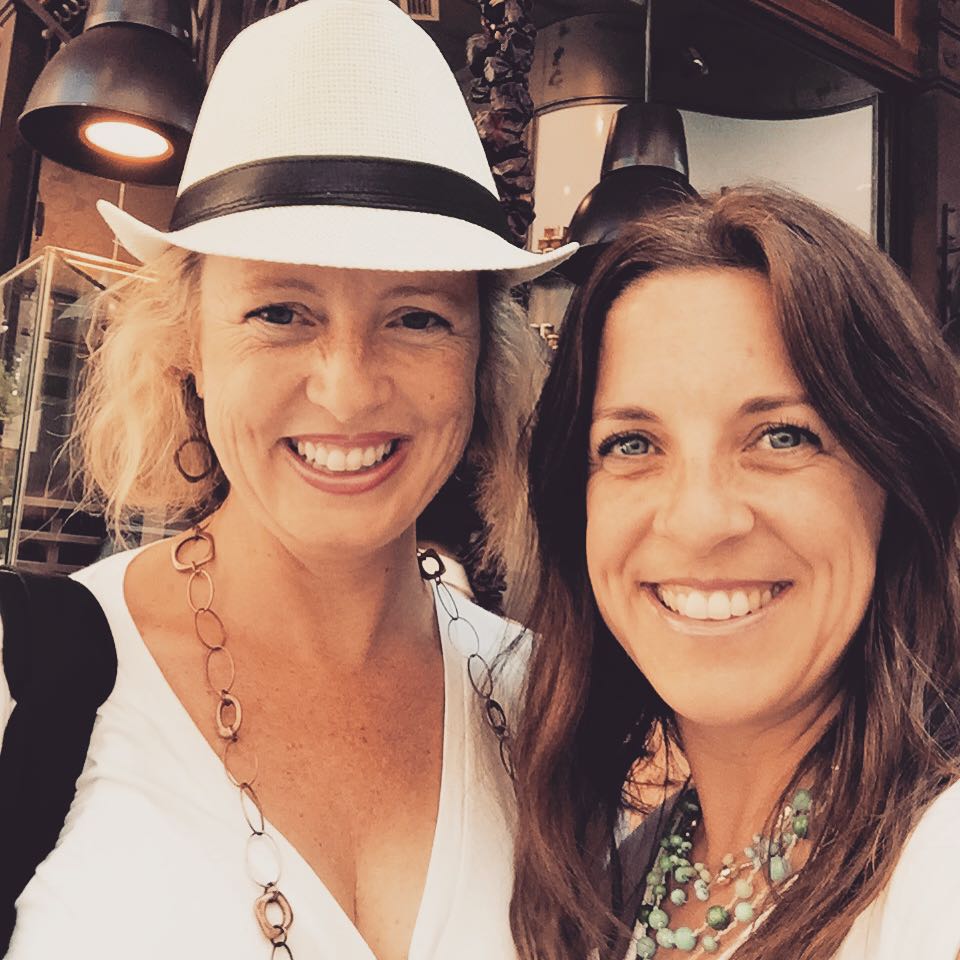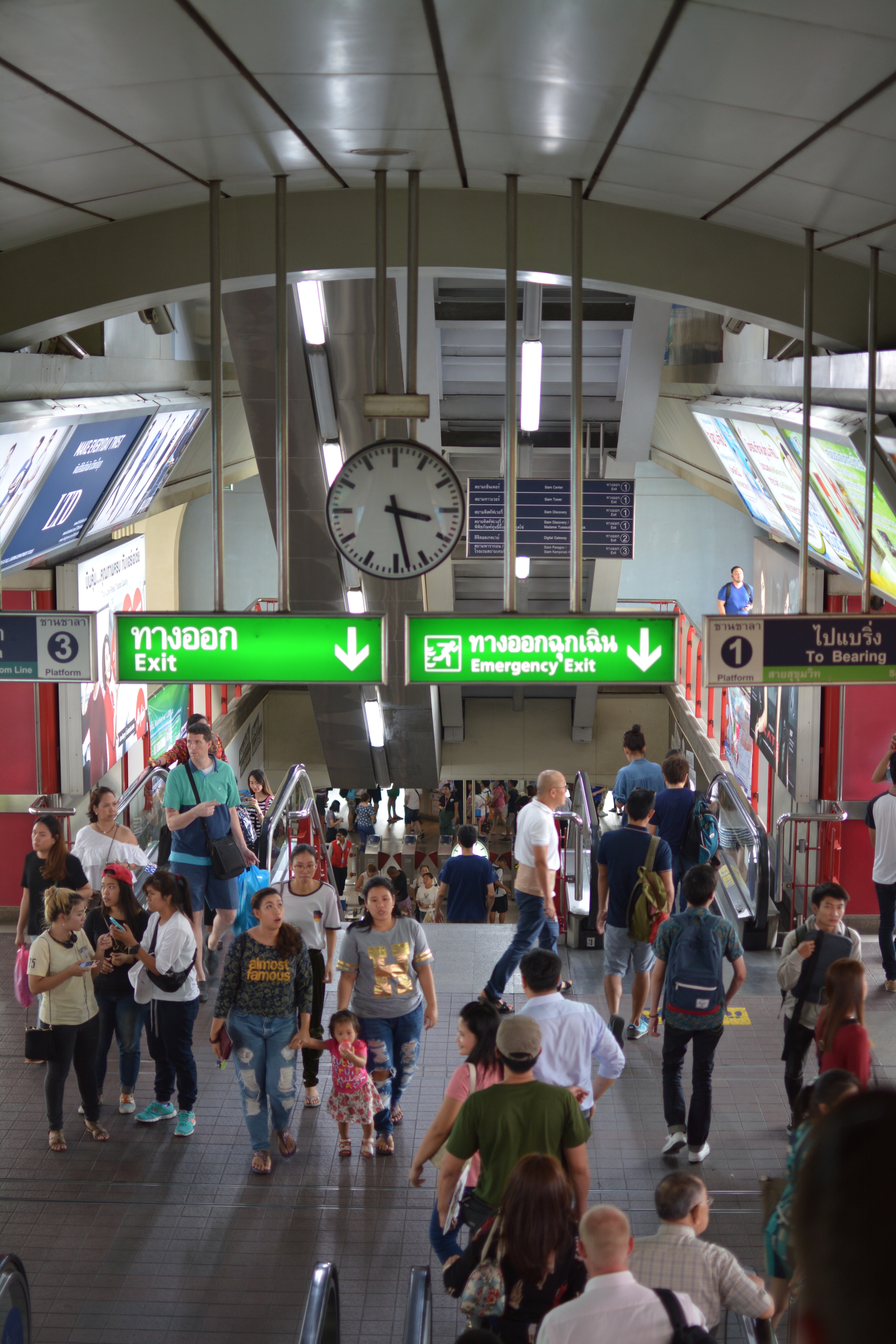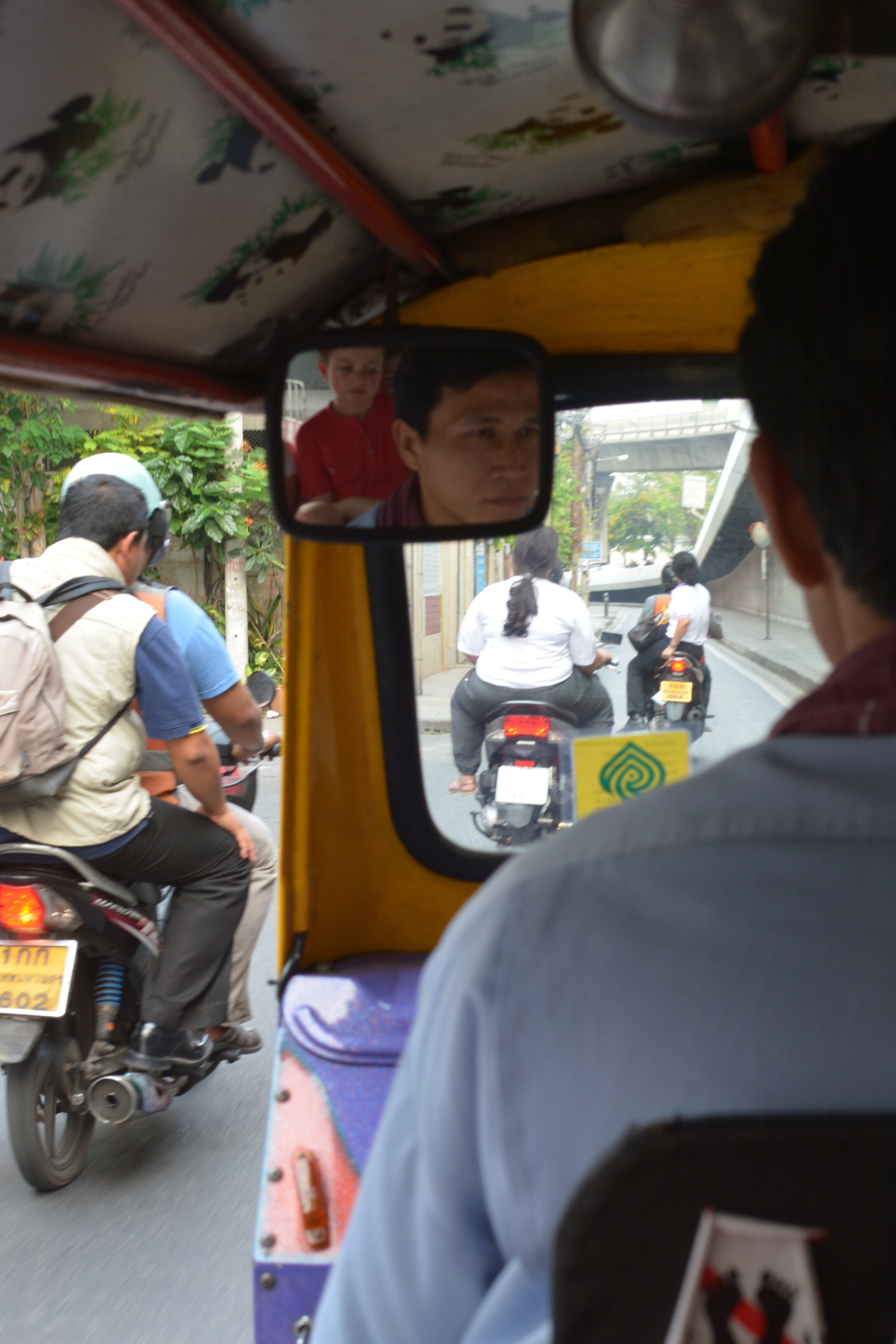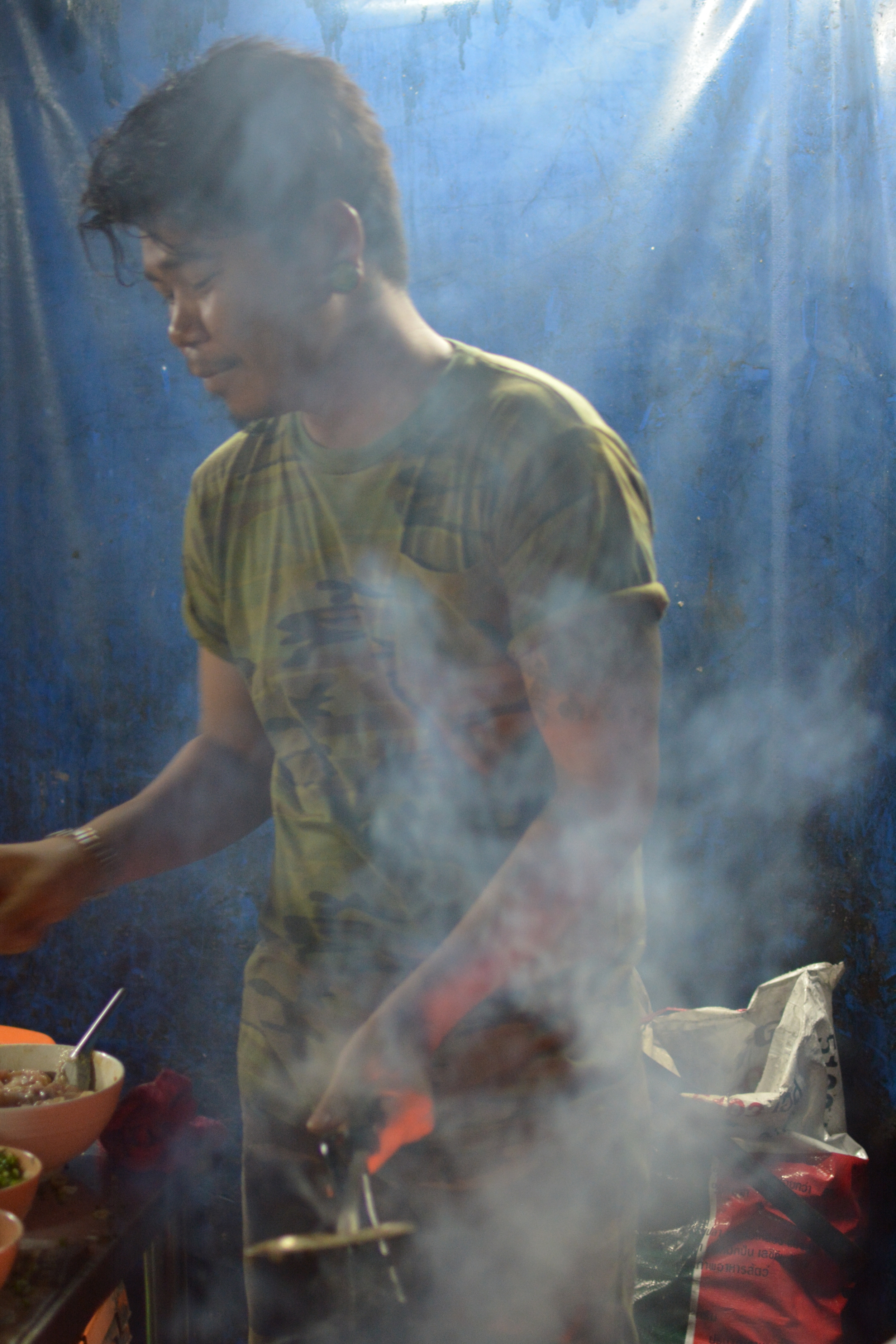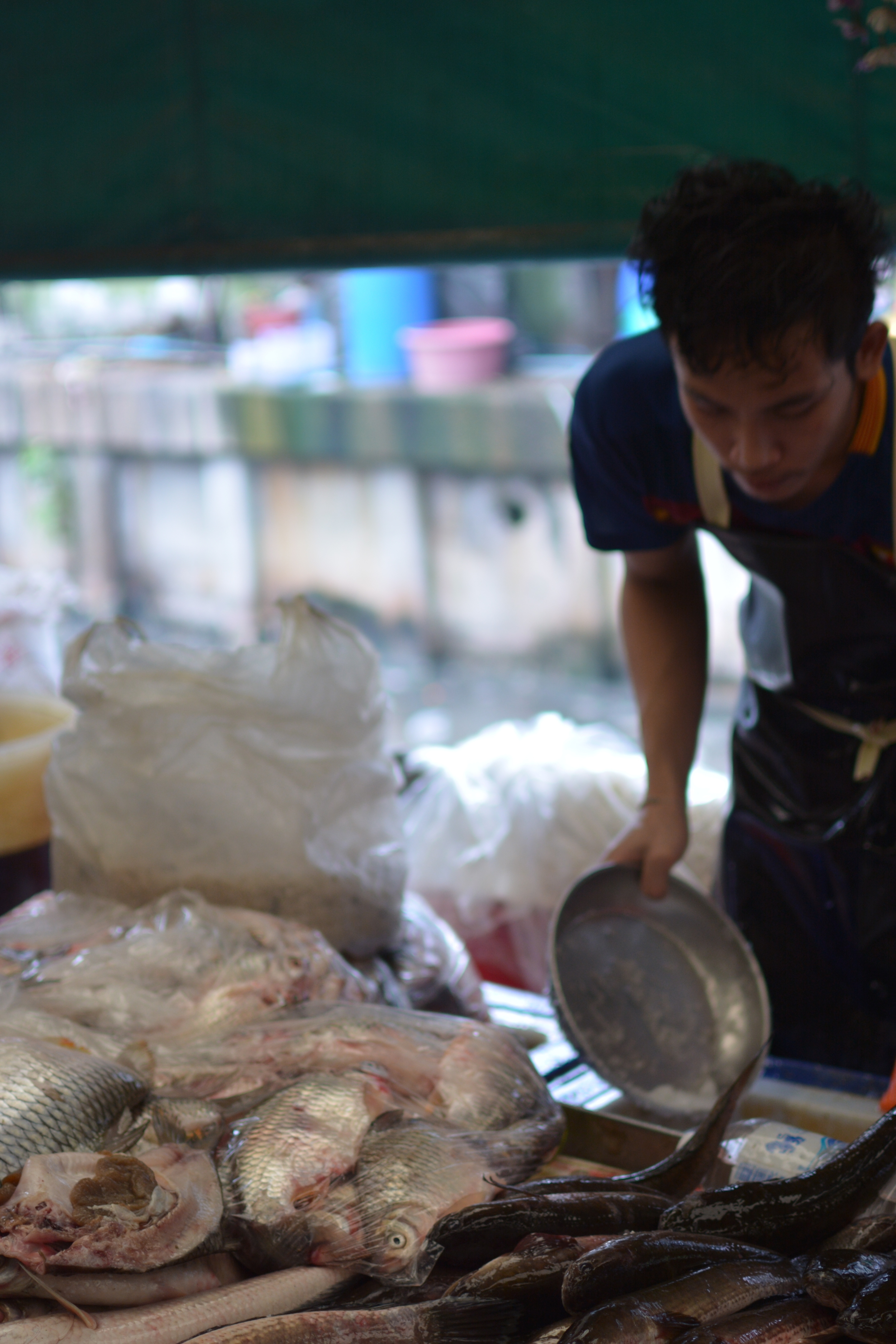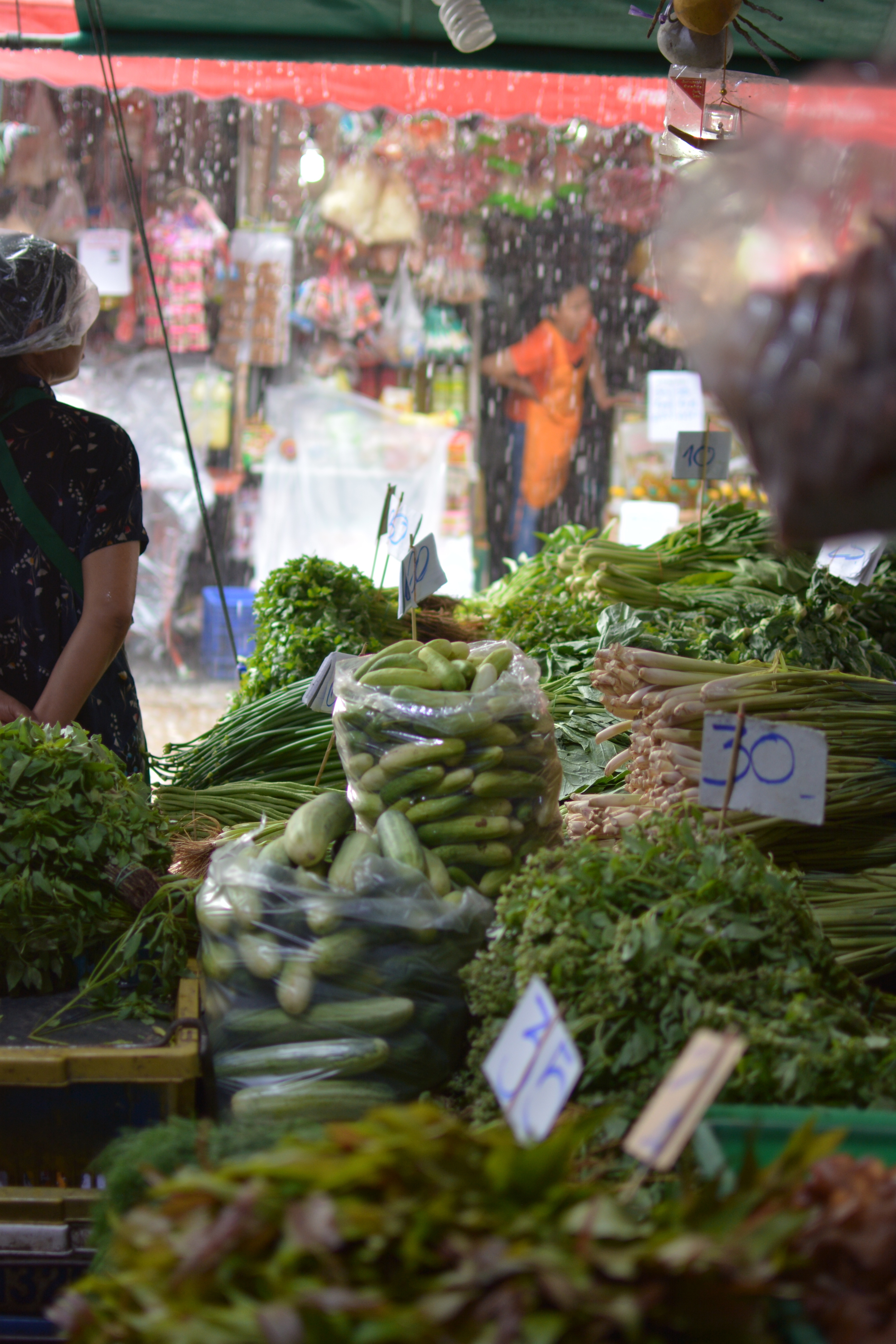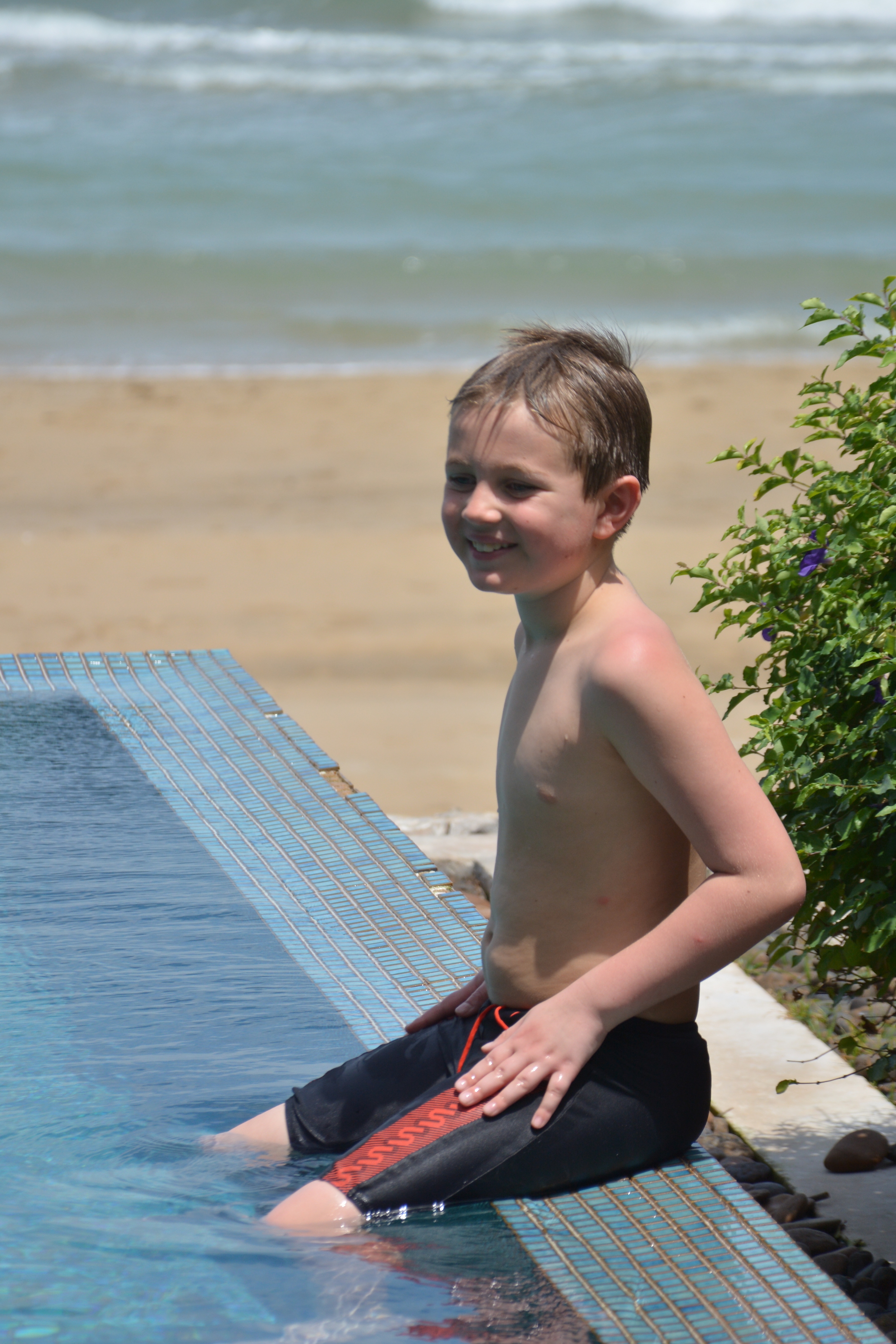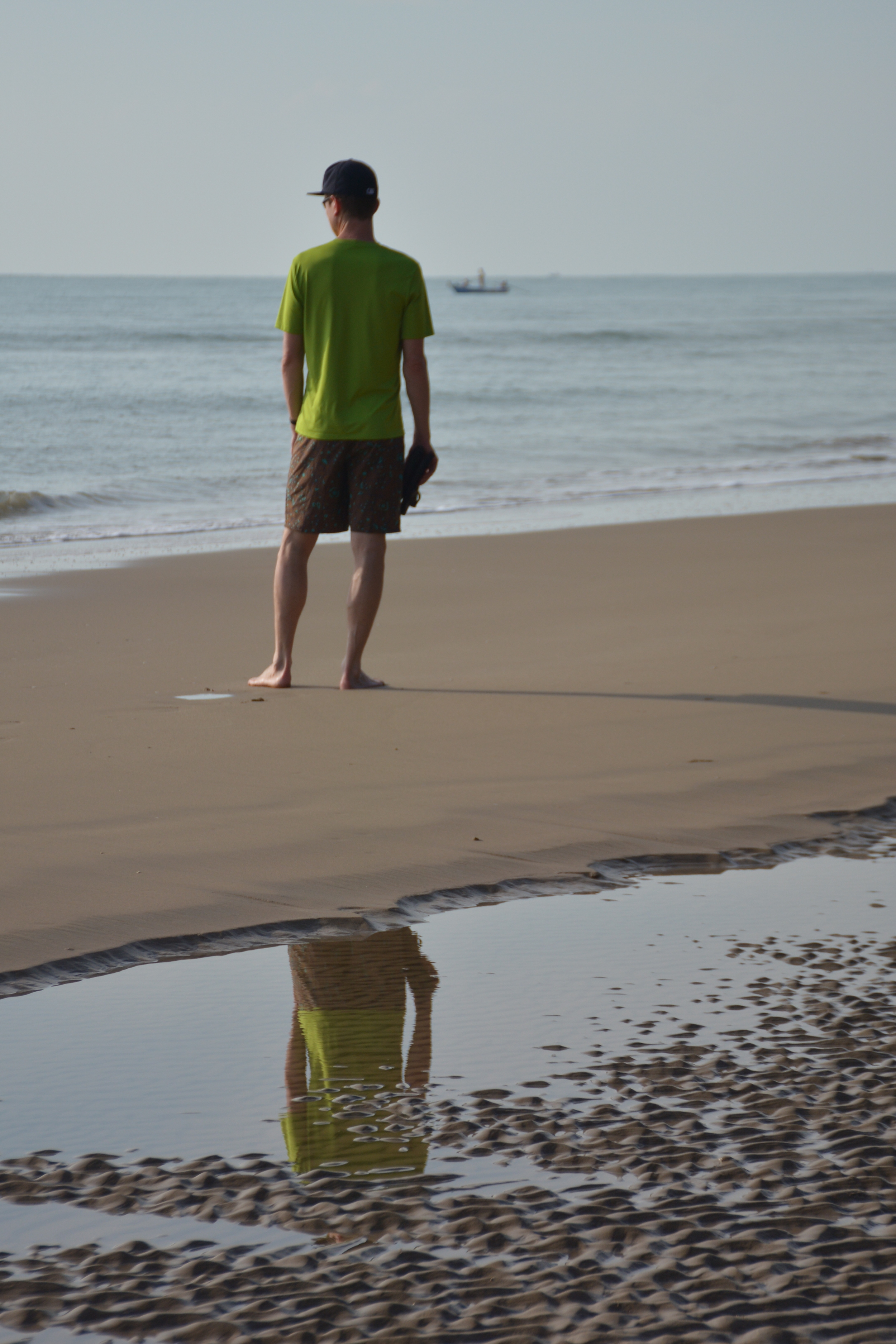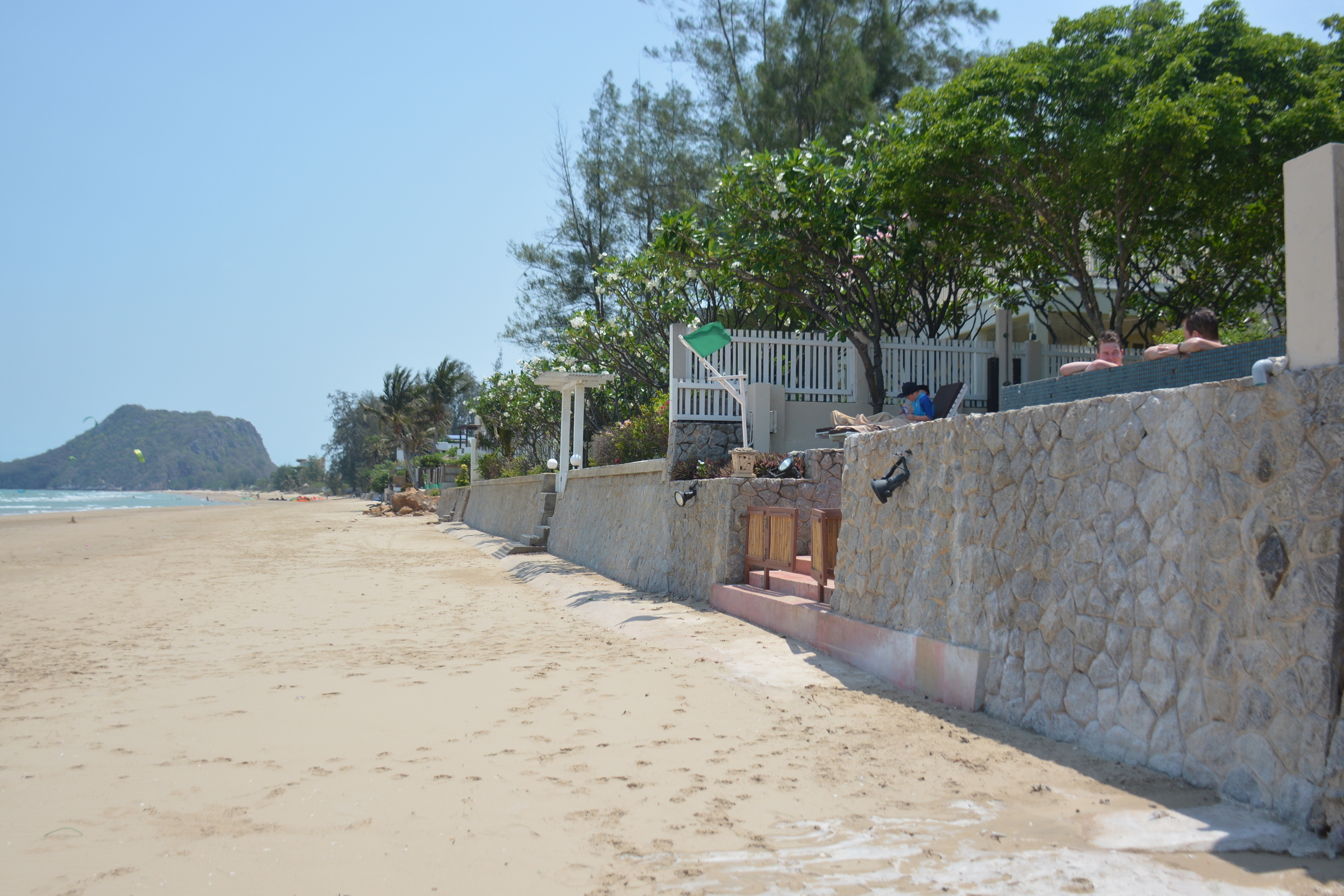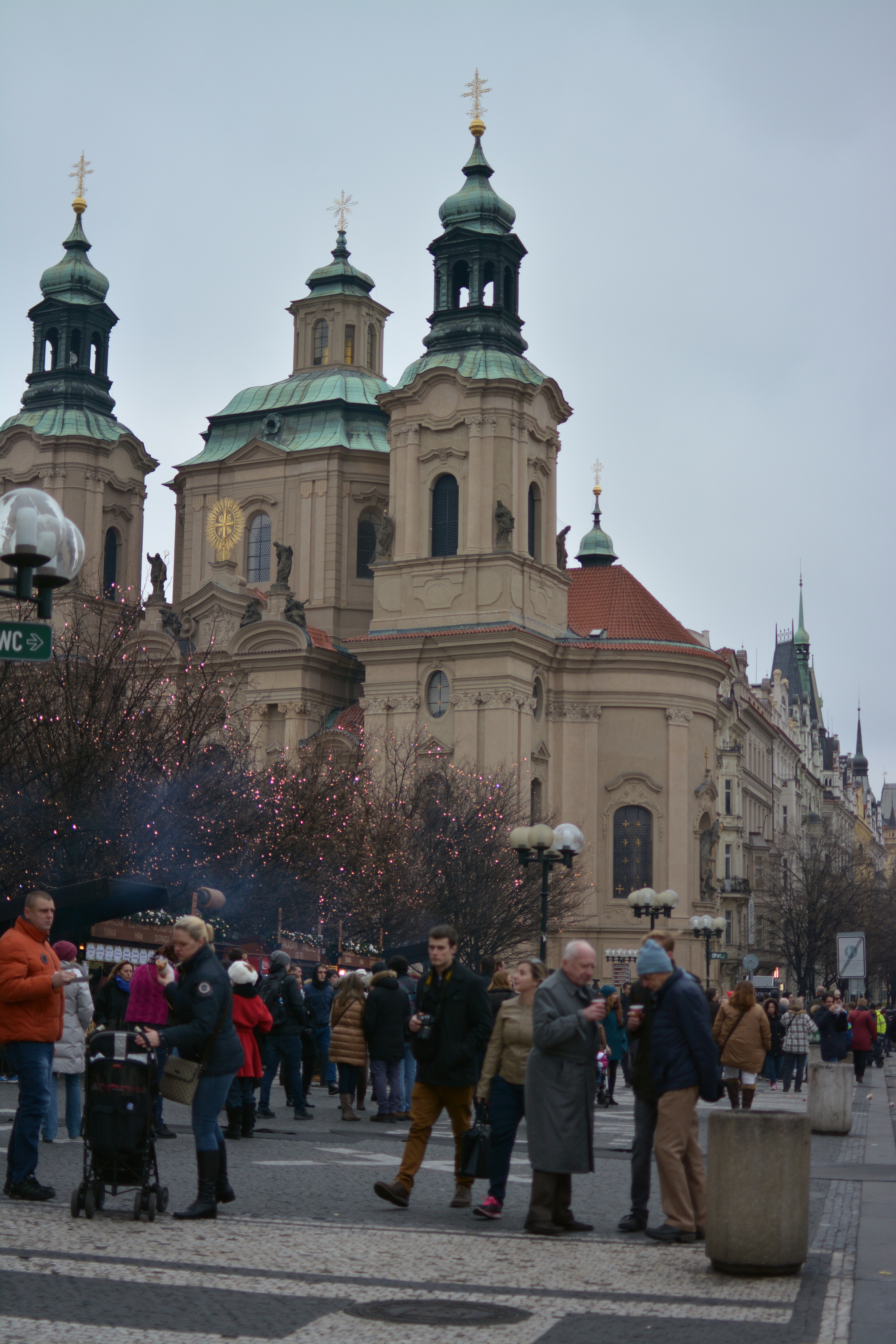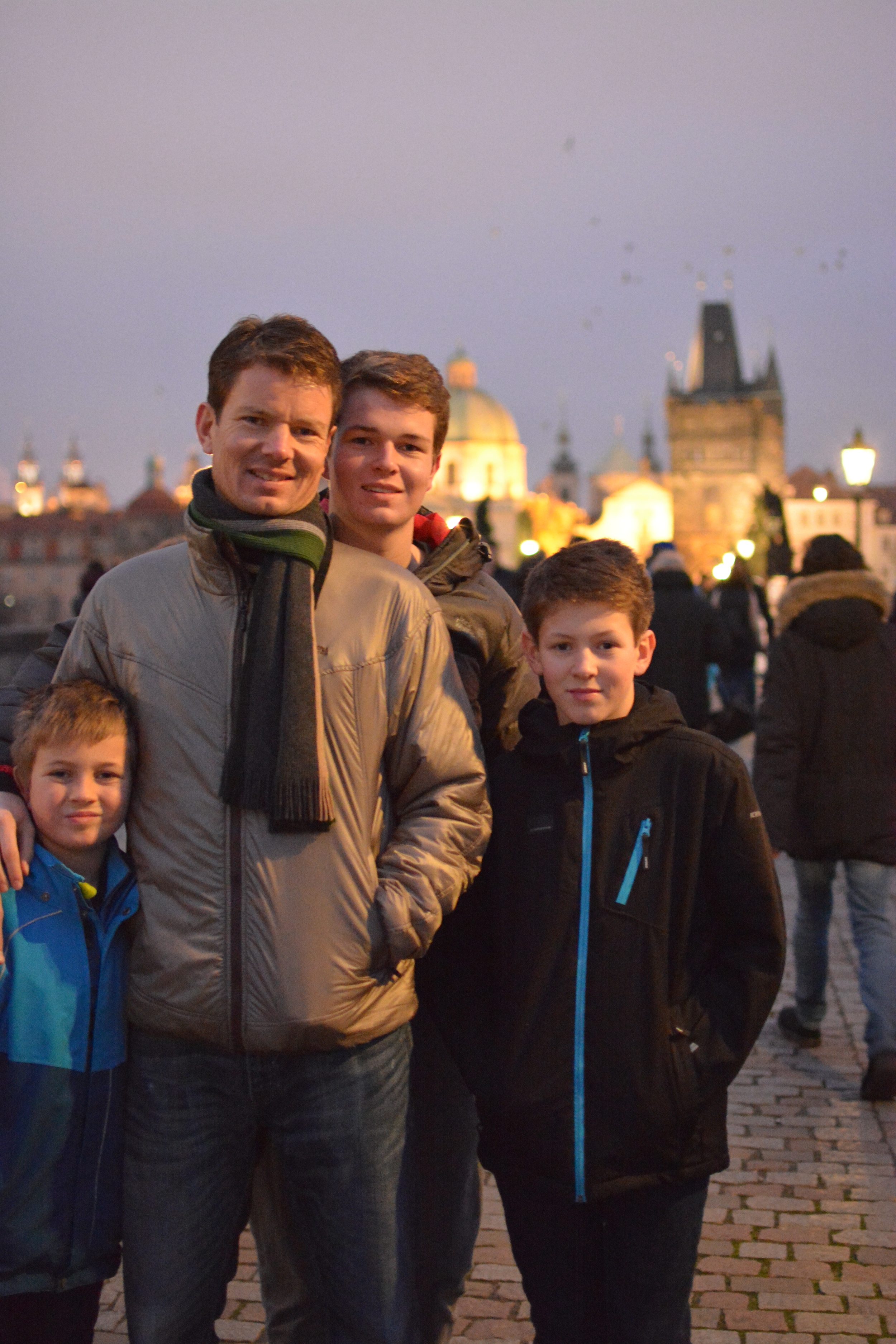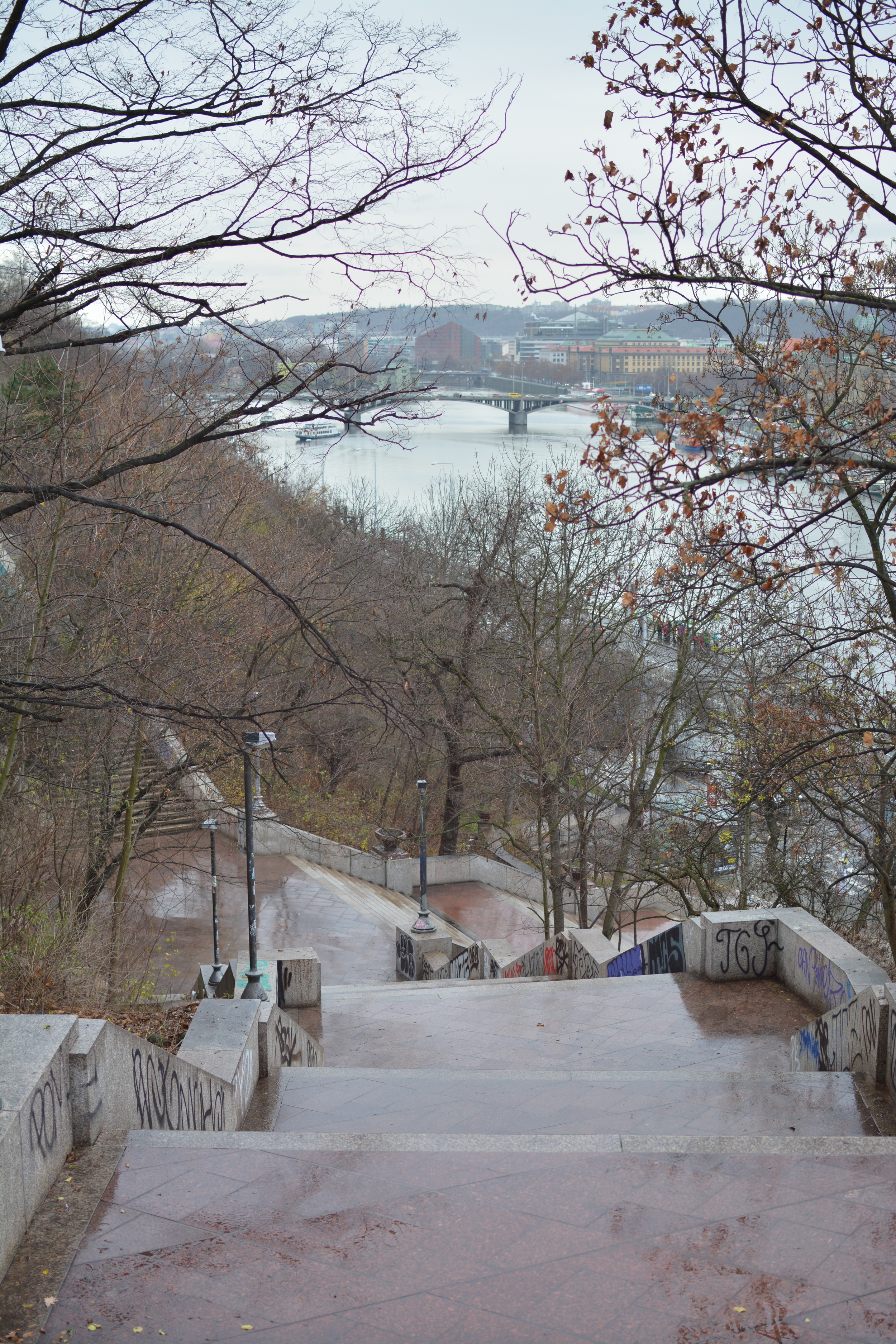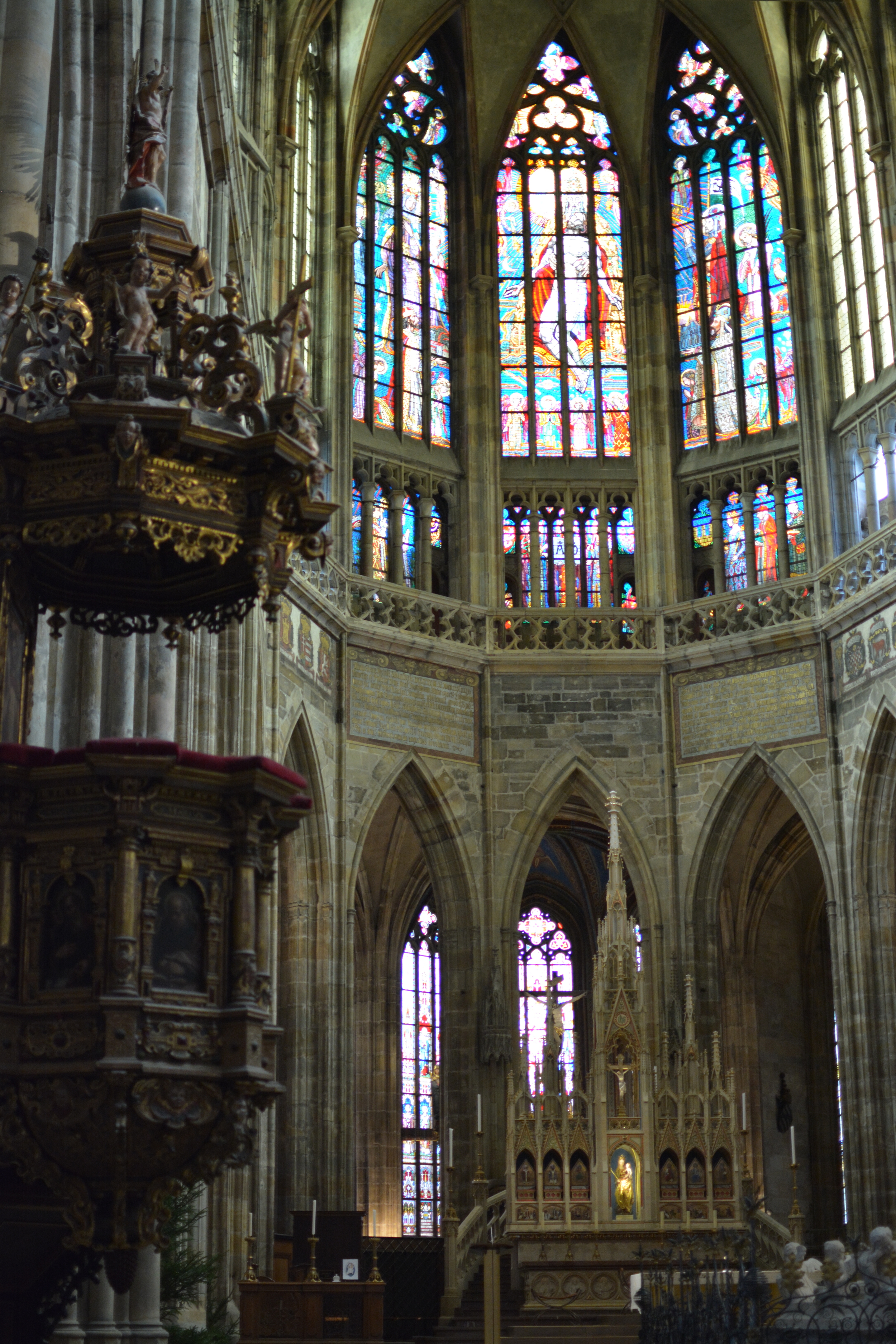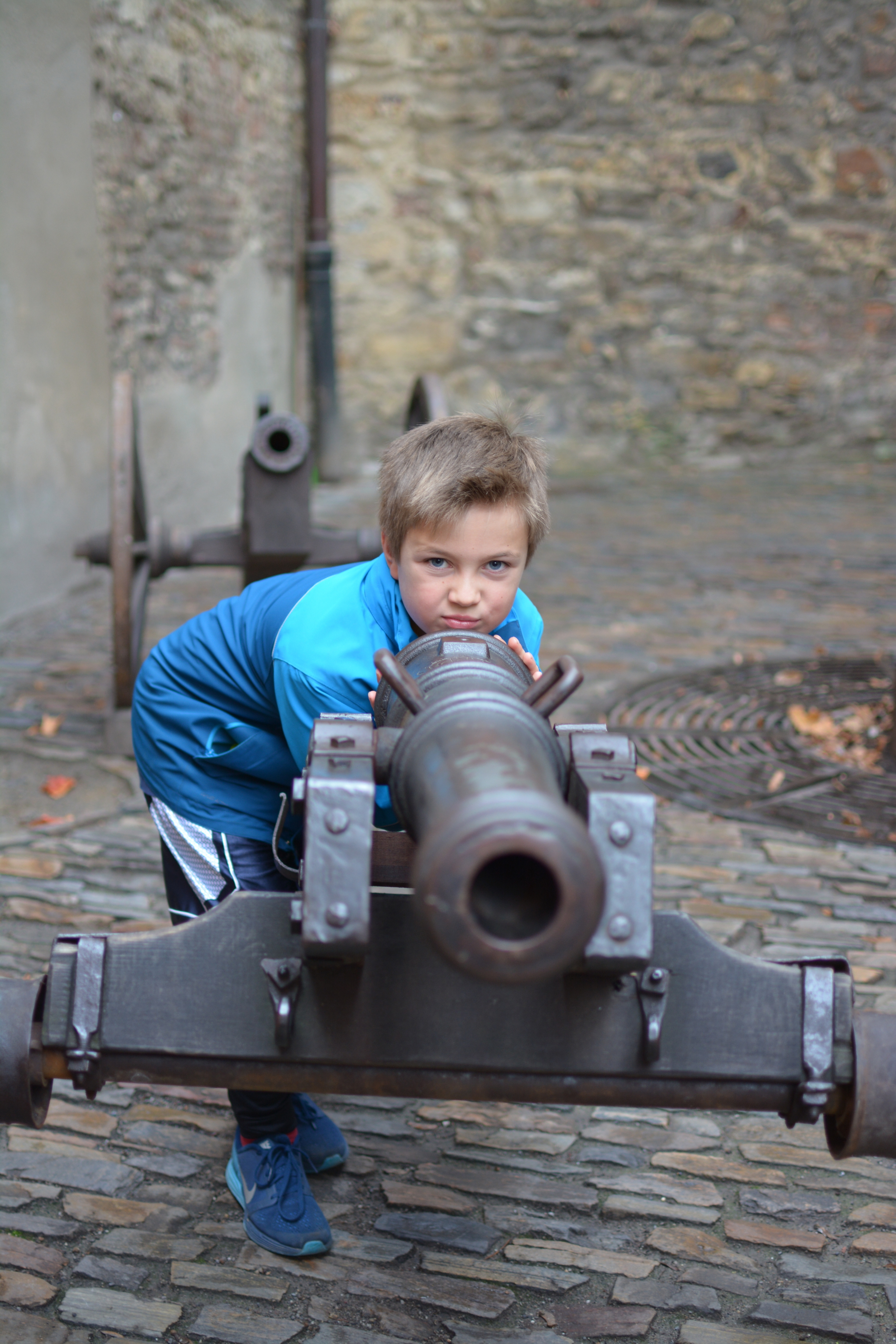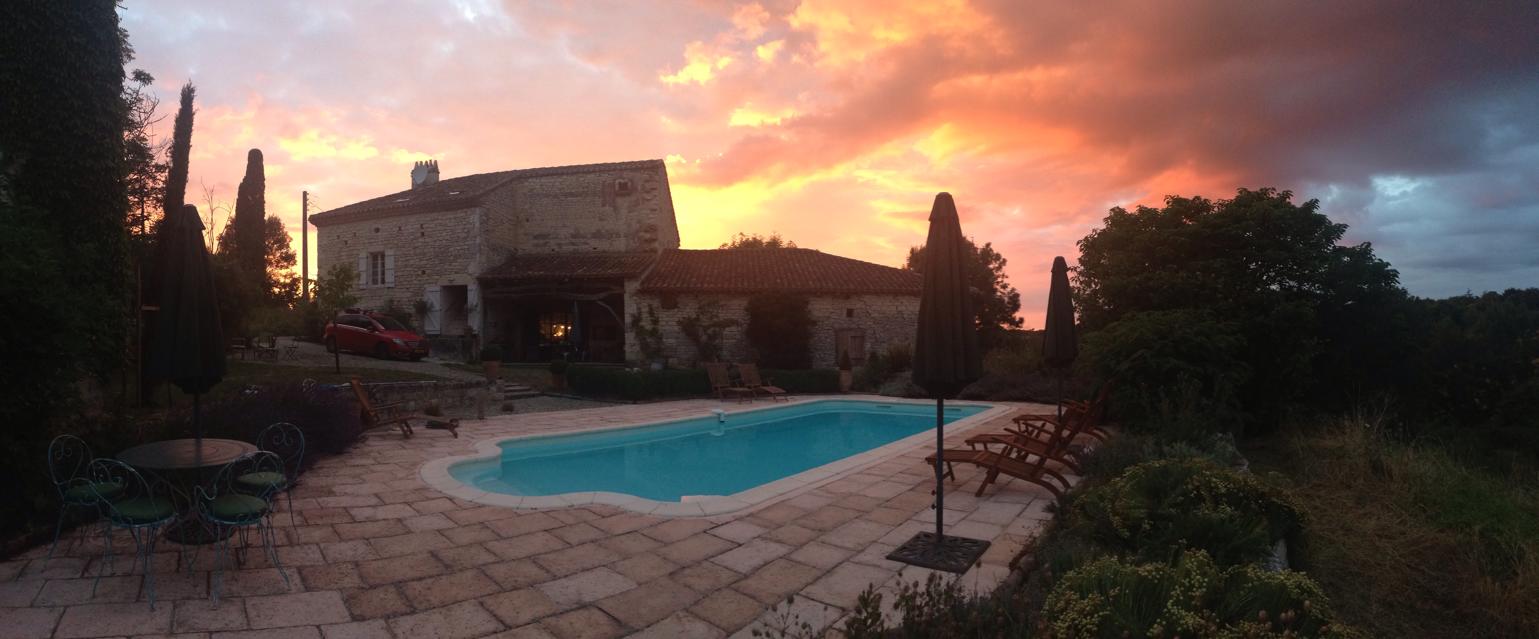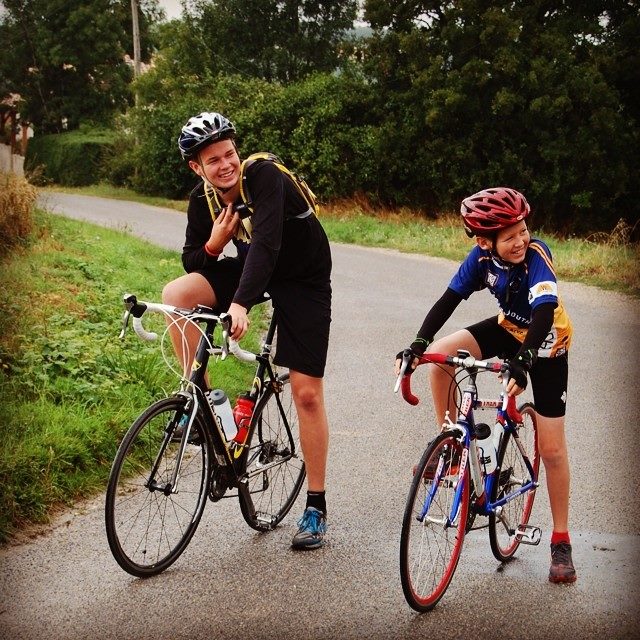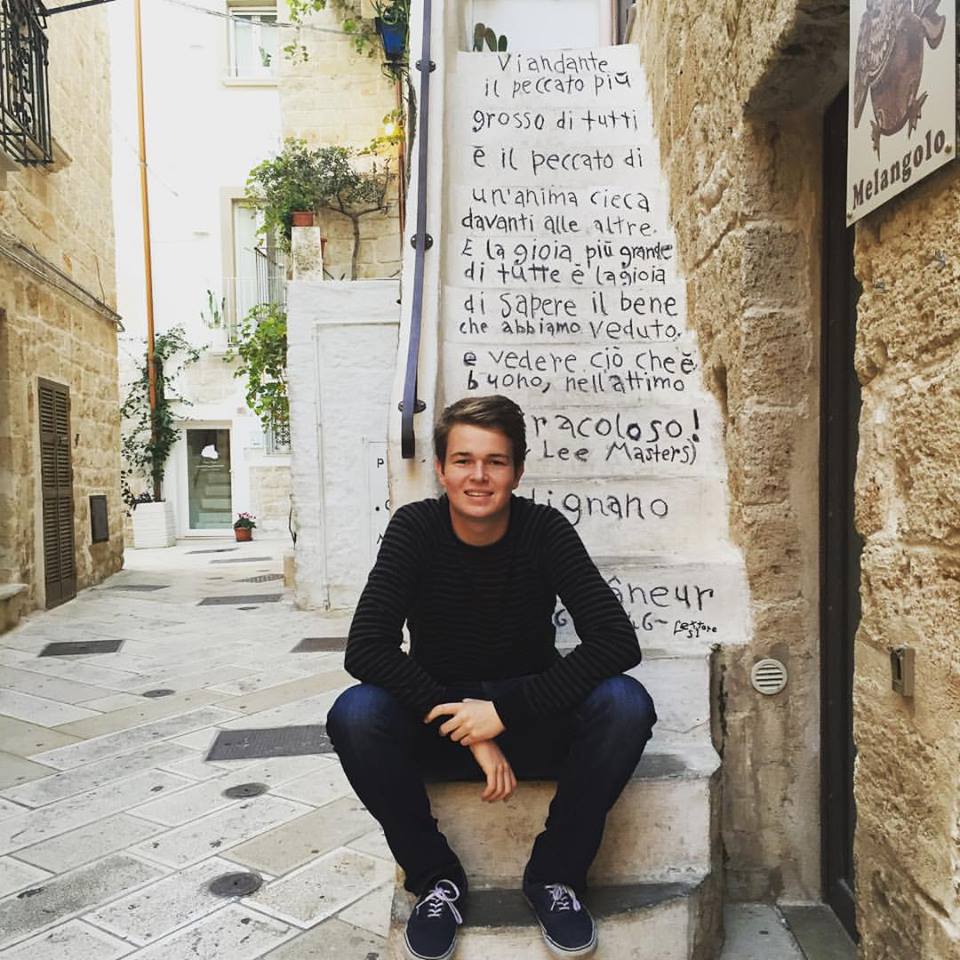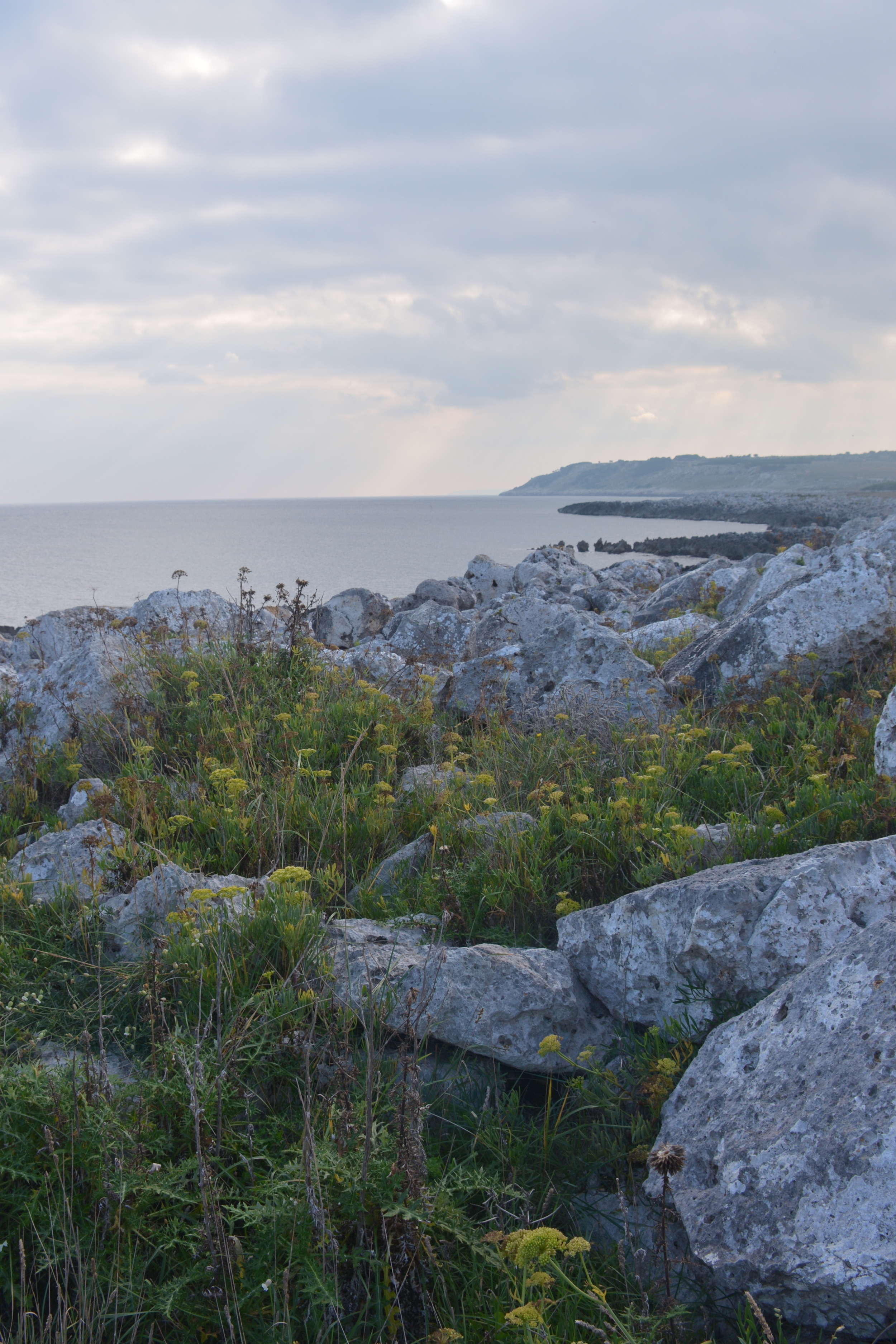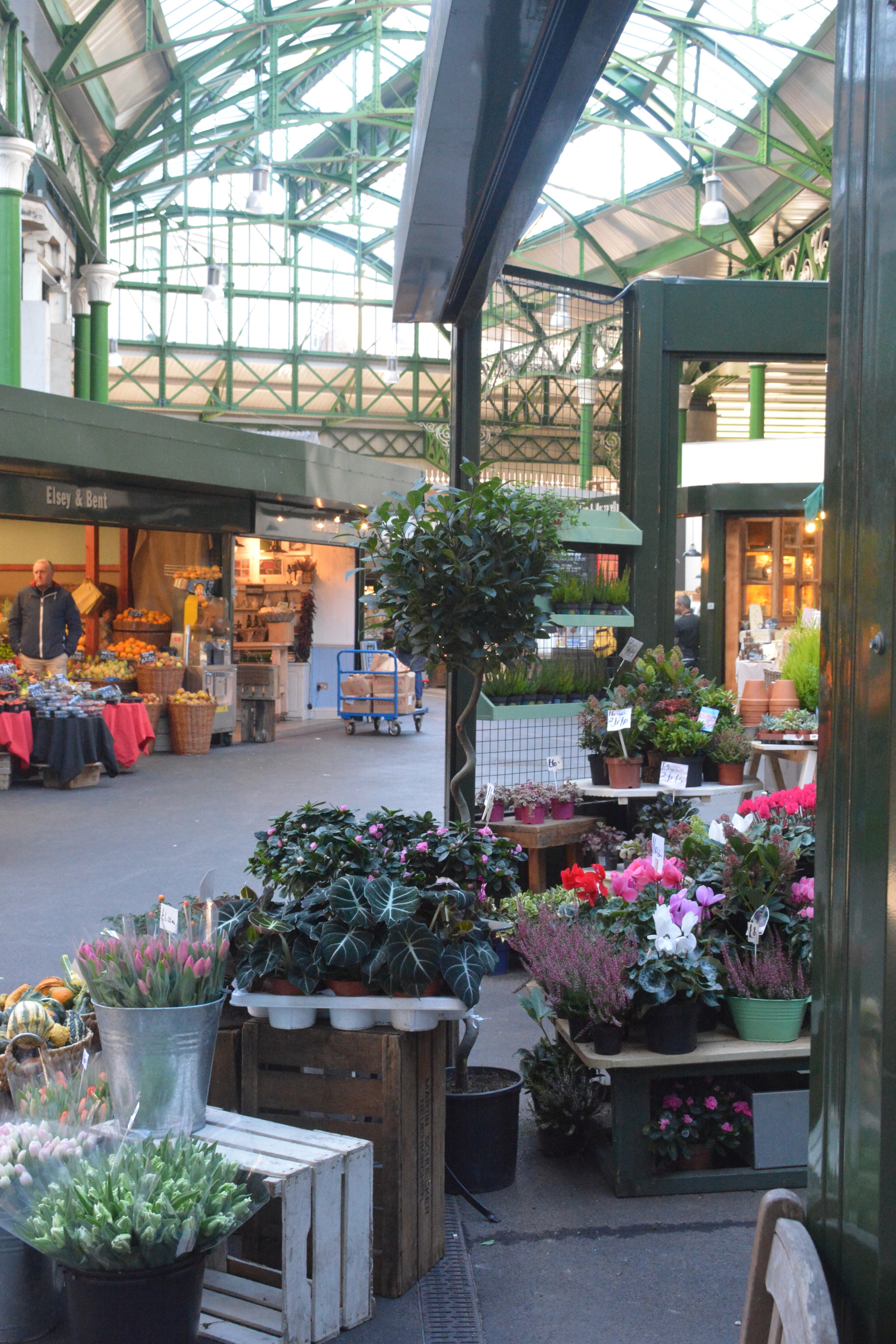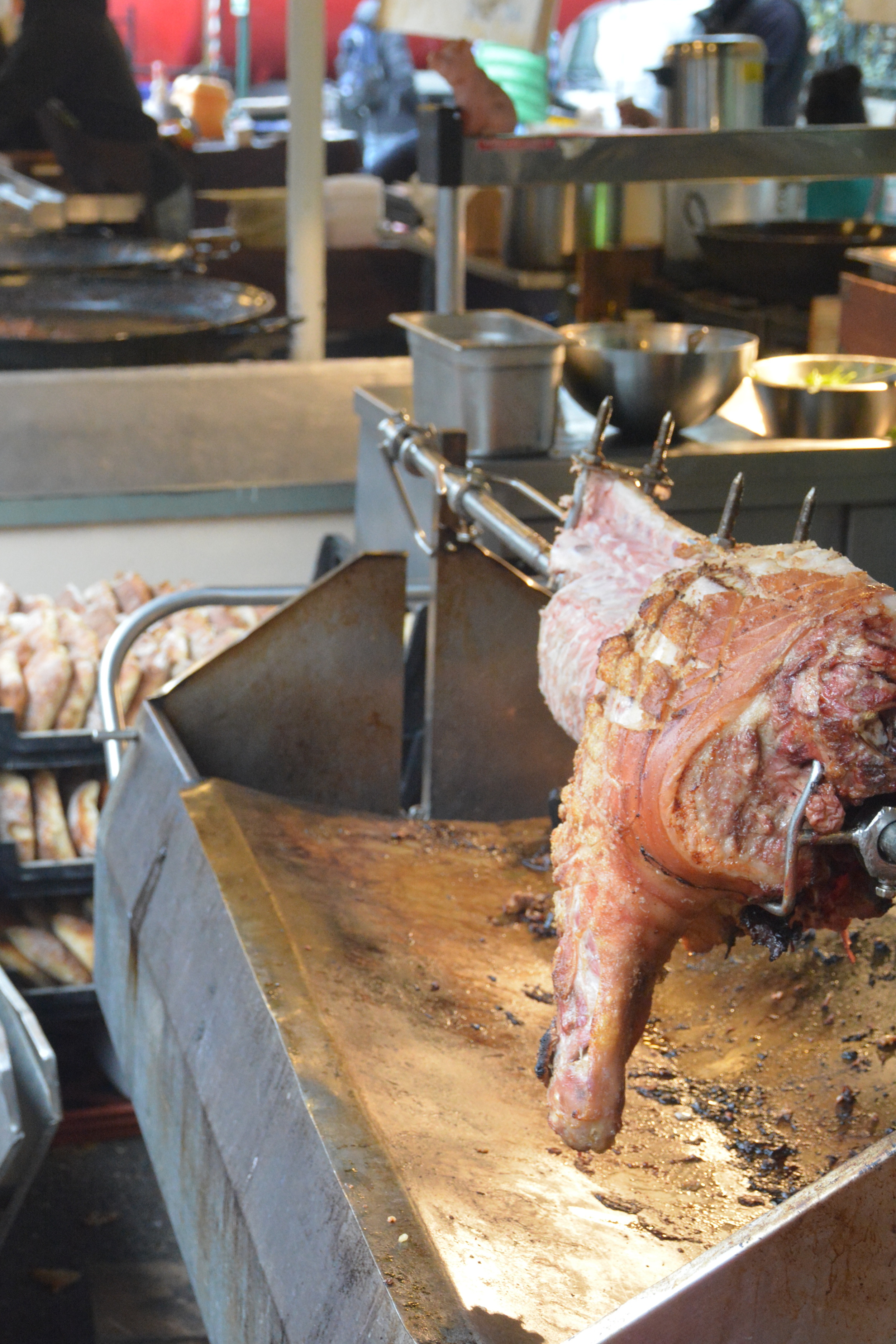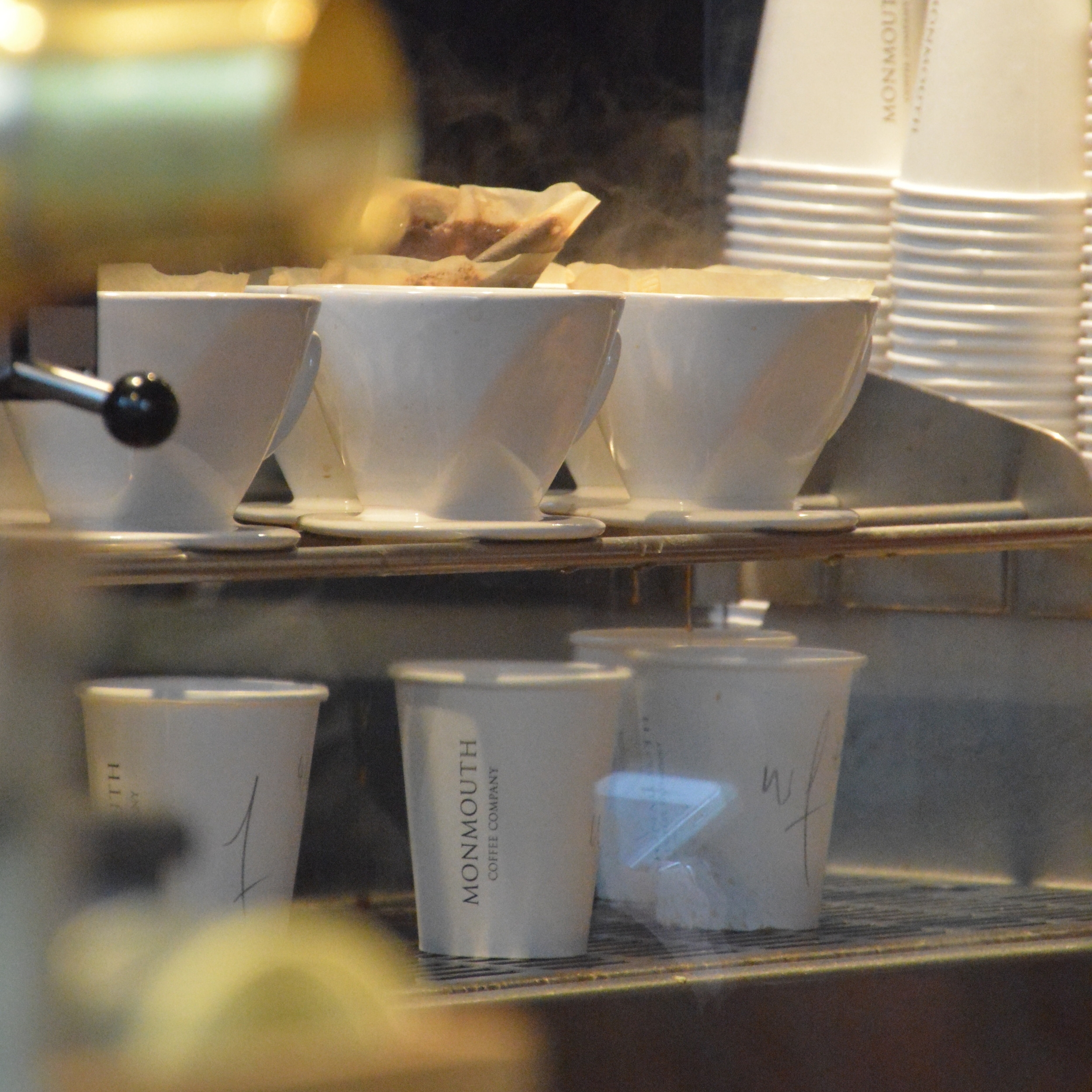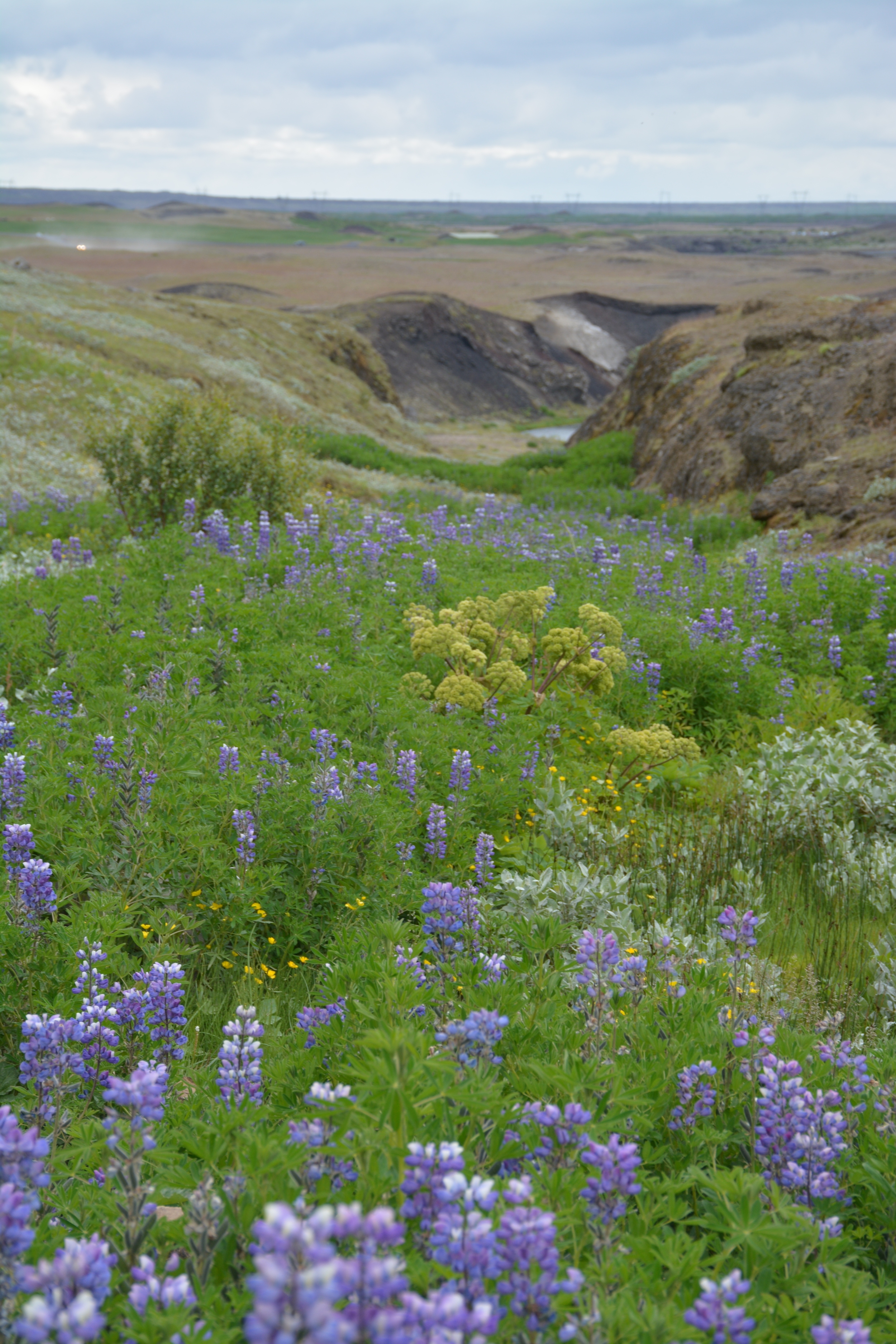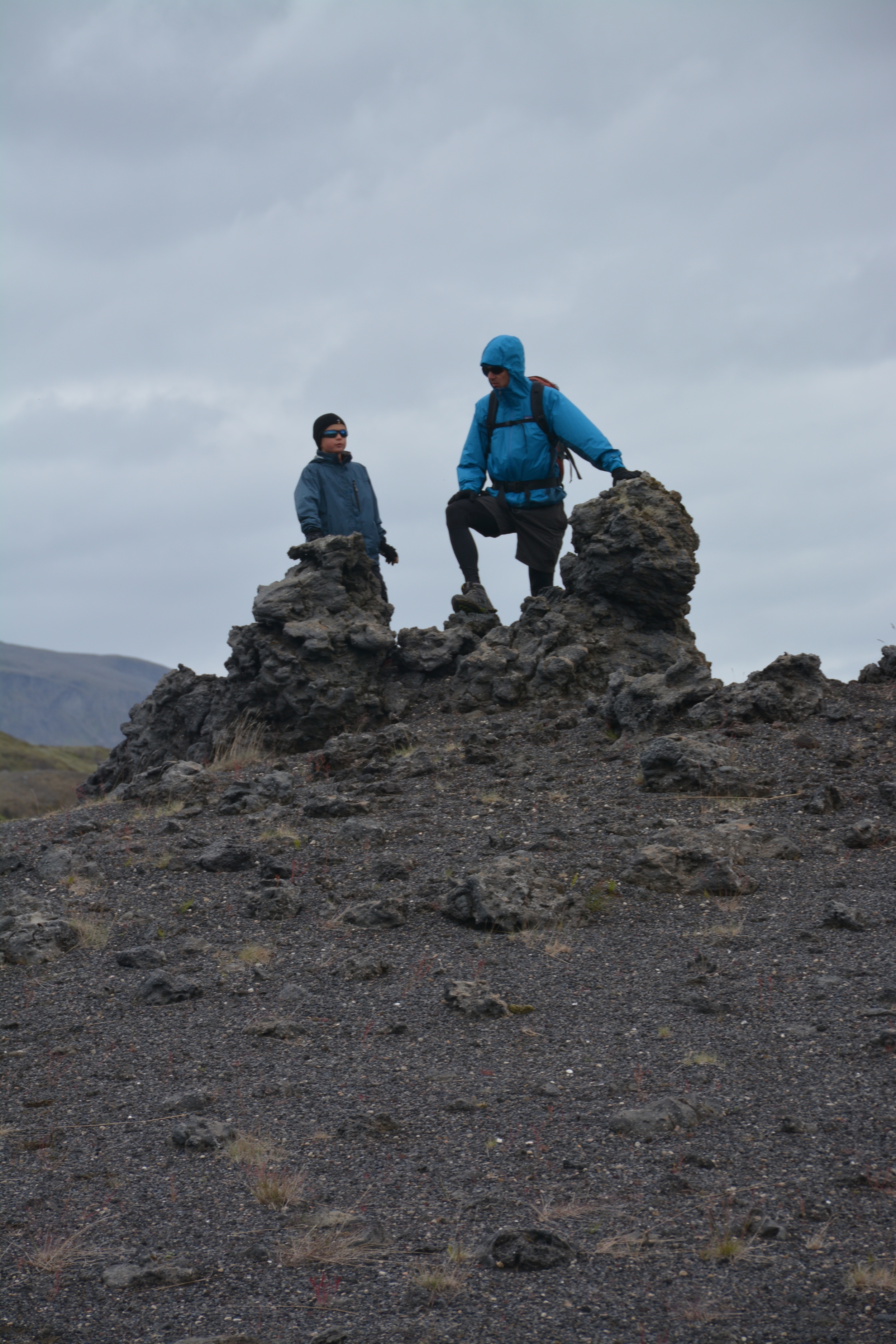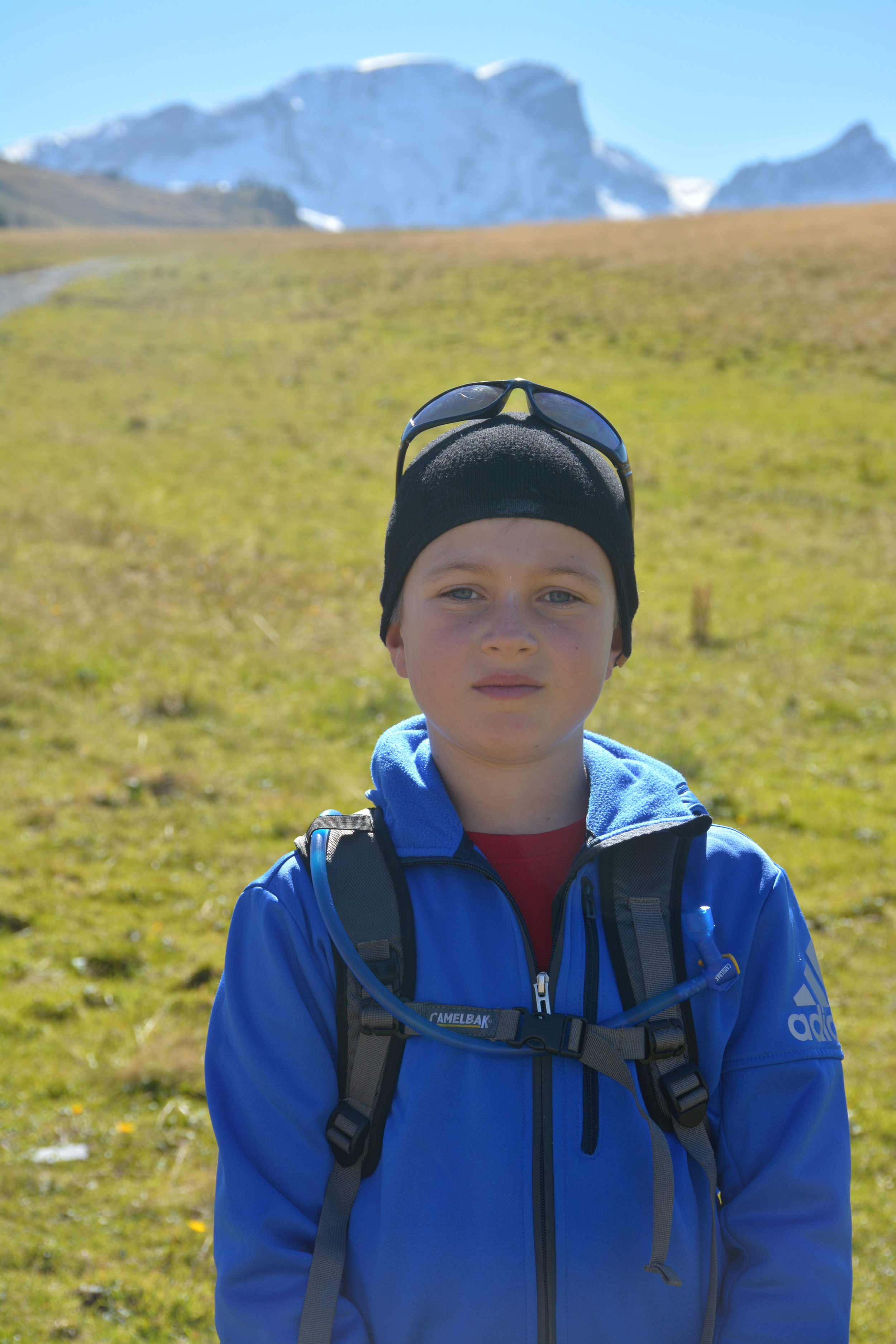We spent 72 hours in Sicily this past weekend. Here's a few of our most memorable encounters from the trip.
Act 1: Giacomo, the sweeper
Early one morning on the terrace, a cheerful, Sicilian man in his early 60s came to sweep. “English? Deutsch?” he asked. We answered “English.” He nodded, said "No English" and proceeded to talk to us in German. Thanks to the ein bisschen German my husband knows we learned the sweeper’s name was Giacomo, he had worked for Interpol for 7 years in Wiesbaden, Germany but was now retired from the police force and collecting his pension. After 15 minutes of careful sweeping and constant chatter in the second language he was proud to know, he downed an espresso, bid us "Arrivederci" and hopped in his car, on to the next terrace.
Act 2: Lovers at Sea
One afternoon we were trekking along a long, mostly deserted beach with sand dunes and a scented eucalyptus park on one side and the Mediterranean Sea on the other. So strong was the head wind that we bundled up in all the clothes we had, only our toes in the water. After not seeing a soul for a long time, we spotted a couple in the distance who were changing into their bathing suits – she only half of one and he in a very small one. Locals, we reasoned. By the time we reached them, which was truly no time at all, they had already run into the sea and were kissing, seemingly unaware of the wind or water temp. Love does, cold water be damned. Not long after, wind now at our back, two young emboldened American boys shed their wind breakers and took the plunge too.
Act 3: The American
While playing cards in the hotel lobby I overhead a conversation at the front desk. Without line of sight, the accent confirmed the guest was a fellow American, though from the opposite and more candid coast than I. Said she to the obliging woman at the front desk: “We don’t want a late dinner. Does this restaurant have their menu online?” Stuffing down laughter given what even I knew to be an absurd question in Sicily, the woman at the front desk did not miss a beat when she responded: “No, no menu online … but if you’d like, I can call them …” What happened next was a protracted three-way conversation where dinner was pre-ordered and would be ready on arrival but not before the American asked, “Can you ask them if they have anything with beans. My husband likes beans.” It is hard to make slow food go fast, but some are willing to try.
Relais Parco Cavalonga, Donnafugata - Sicily
Act 4: Roberto, the waiter
Speaking of slow food, one night we were seated at a four top in a much too brightly lit restaurant at 8pm. In walked a man, who took off his coat, spoke to the hostess and made a bee-line for our table. Roberto had been called in from his night off to speak to the Americans. Dinner he explained was a set menu of 12 starters, two pastas and a whole fish. The only question was whether we wanted a mix of cooked and uncooked seafood. We said we’d take both, our two boys included, and he turned to the hostess and said with conviction, “QUATTRO.” When we jokingly asked Roberto why the restaurant was full of men, he said without a note of sarcasm: “It’s like that every day except Saturday night and Sunday brunch.” “By the way” he continued, “the only rules are to say STOP when you are done."
During the next four hours we tasted everything the sea had to offer, several things requiring explanation, twice involving Roberto’s wife feeding me with a spoon. As our adventuress children eventually fatigued, Roberto’s wife serendipitously poured them half a glass of Coke Zero while she bounced between the tables of men, sipping the rest of what was left of the can. The Owner, whose photos on the wall suggested he was both restaurateur and local politician, roamed the tables of the men he clearly knew well, helping himself to their mussels as he went.
By time the eleventh starter came, or so we thought, our middle son asleep at the table, with his long checked out younger brother, woke briefly and laughed out loud when three more starters came all at once. After our third attempt at STOP was insistent enough to be received, the second pasta and whole fish were waved off. It came as no shock at the end of the meal, given the squishy counting of starters, when there was a shotgun exchange between the servers. Out came a calculator, a shrug of approval and the presentation of the calculator screen in lieu of a bill with the final question: “Lemoncello? Grappa?”
Act 5: Antonio, the shopkeeper
At 2:10 pm in the central square of a Baroque town in Southern Sicily, gelatos in hand, we stood nose to glass at a trendy little t-shirt shop. It teased us come hither with its colorful window signage only to find on approach it closed for siesta. Sensing our curiosity and perhaps our wallets, the shopkeeper unlocked the door and invited us in. Right away it was clear Antonio was less interested in our wallets and more interested in telling us the story of the shop.
The shop was mostly t-shirts with unique pithy Sicilian proverbs – such as “The more you think about something, the bigger will be your mistake.”—which had been given life in an ironic way through their designs. Started in this small town there were now 43 of their shops across Sicily. Proud of their proverbs, Antonio showed and explained each one of the “joking” shirts which we heard as “jogging” shirts until about the 4th one. Once our private consultation with the lively Antonio was finished, we left the store that should have been closed for siesta with a souvenir of Sicilian wisdom: “If you want the bike. You have to pedal.”
Act 6: airport passengers
Before the plane had come to a full stop, in a collective disregard for the seat belt sign the Sicilians stormed the aisle. Only when we deplaned into the brilliant Sicilian sun did I understand. The prize they were racing for was coming home. When we were boarding the plane 72 hours later, I chatted up a friendly looking passenger. “Are you from here?”, I asked. “Yes, but it had been 10 years since I’ve been back.” he said without a note of longing. “How was it?” I asked. “The same as when I left 30 years ago. Same roads. Same problems. Same everything.” No matter where you're from, I remembered, coming home can cut both ways.
Act 7: Anna's father
At breakfast one morning we had a lovely conversation with some people: Anna, a Sicilian born, now living in Brussels part owner of the hotel we were staying in; her husband Carlos who of all things was head of Tourism & Emerging and Creative Industries for the European Commission; and Anna’s elderly father who was still living in Sicily only 30 kilometers away. Anna's father eagerly shared with us many of his favorite places in the nearby towns.
Later that day after repeatedly striking out in search of a simple pizza lunch, we ended up at a fish restaurant by the sea mentioned by Anna’s father. Given the bleak exterior we only went in because we were dejected and it was recommended. As is often the case when we judge a book by its cover, we were led upstairs to a beautiful dining room full of well-dressed families overlooking the sea. Lunch, the server explained, was either pasta or fish. After, he said - in a barely audible voice - 22 starters. Believing our marathon dinner the night before to be a once in a lifetime experience, we agreed to chuck our desire for “simple” and tucked in for remainder of the afternoon. If we were going to have back to back epic meals at least we were following a true Mediterranean diet.
An hour into an even better meal than the first, a group obviously well-known to the restaurant staff and clientele walked in. It was Anna and company. Only 6 hours into our friendship we were the first people they warmly greeted. Anna’s father, whose zest for life and people reminded me of my Sicilian grandfather, told the waiter to bring us the best bottle of Sicilian champagne. Maybe it was the 22 starters or the champagne or both but for the hours that followed my vision blurred between restaurant and family table.
In loving memory of my Sicilian Poppop, James Baldanza. At the table of course.


